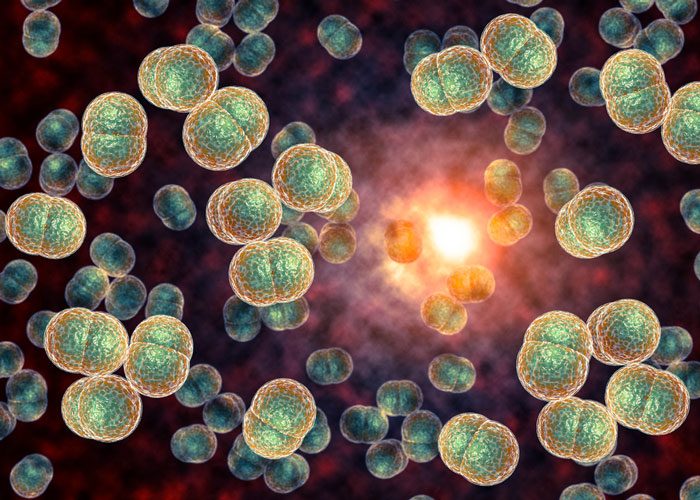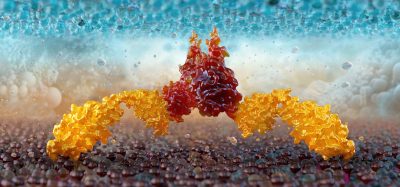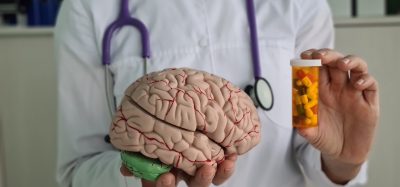Drug repurposing using off patent drugs as antifungals
Posted: 9 November 2018 | Iqra Farooq (Drug Target Review) | No comments yet
Researchers have identified that Alexidine dihydrochloride can be used as a broad spectrum antifungal, and can also kill biofilms formed by these fungi…


Scientists have screened a library of off-patent drugs and found a compound, alexidine dihydrochloride, which was identified as having broad-spectrum antifungal activity.
“There are currently only three major classes of antifungal drugs used in the clinic and several pathogenic fungi are resistant to them, so there is an urgent need to identify compounds that have novel molecular targets,” said principal study investigator Assistant Professor Priya Uppuluri, at Los Angeles Biomedical Research Institute, University of California, Los Angeles (UCLA) Medical Center, California.
“Repurposing existing libraries of drugs that are approved for other indications can potentially be used for a new purpose as an antifungal. This can considerably shorten the drug discovery process.”
Fungal pathogens are the primary cause of over 1.5 million deaths and 2 million infections worldwide per year. The main fungi that pose a threat to humans are Candida albicans, Aspergillus fumigatus, and Cryptococcus neoformans, especially in hospitals, and in patients who are immunocompromised.
The bacteria are able to develop a multicellular community of cells called ‘biofilms’ inside medical devices, including central venous catheters (CVC), and as such serve as a reservoir of cells that have direct access into the vasculature. The team mentioned that they cannot be eradicated due to their drug-resistant properties.
Prof Uppuluri said that new strains of multi-drug resistant strains of fungi that are able to form biofilms are being created, and are being seen as a global threat. One example of this is Candida auris which is being viewed by the Centers of Disease Control and Prevention (CDC) as a global threat.
The research team screened a small molecule library consisting of around 1,200 compounds that are FDA-approved, but off-patent, identifying compounds that were able to inhibit the growth of Candida albicans, Aspergillus fumigatus, and Cryptococcus neoformans. The team also categorised compounds on their ability to kill pre formed biofilms.
From the compounds screened, the researchers identified Alexidine dihydrochloride as being the compound with the best antifungal and anti-biofilm activity against a range of fungal pathogens. The compound is currently used in the form of a topical treatment and anti-plaque agent.
“This is one of the first molecules identified that works as a pan-antifungal at very low concentrations, including against biofilms that are completely resistant to all drugs,” said Prof Uppuluri.
The study was reported in the journal mSphere.
Related topics
Disease Research, Drug Repurposing, Drug Targets, Research & Development, Therapeutics
Related conditions
fungal infections
Related organisations
Los Angeles Biomedical Research Institute, University of California Los Angeles (UCLA)
Related people
Assistant Professor Priya Uppuluri








